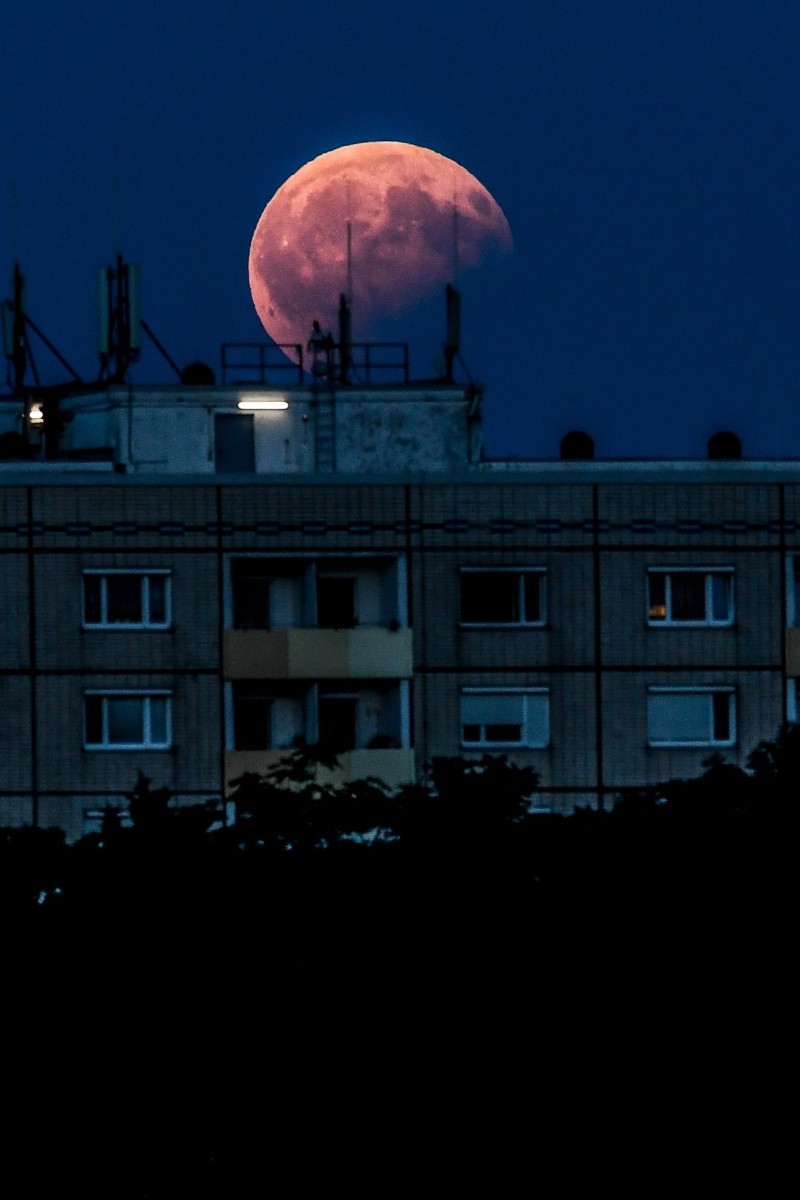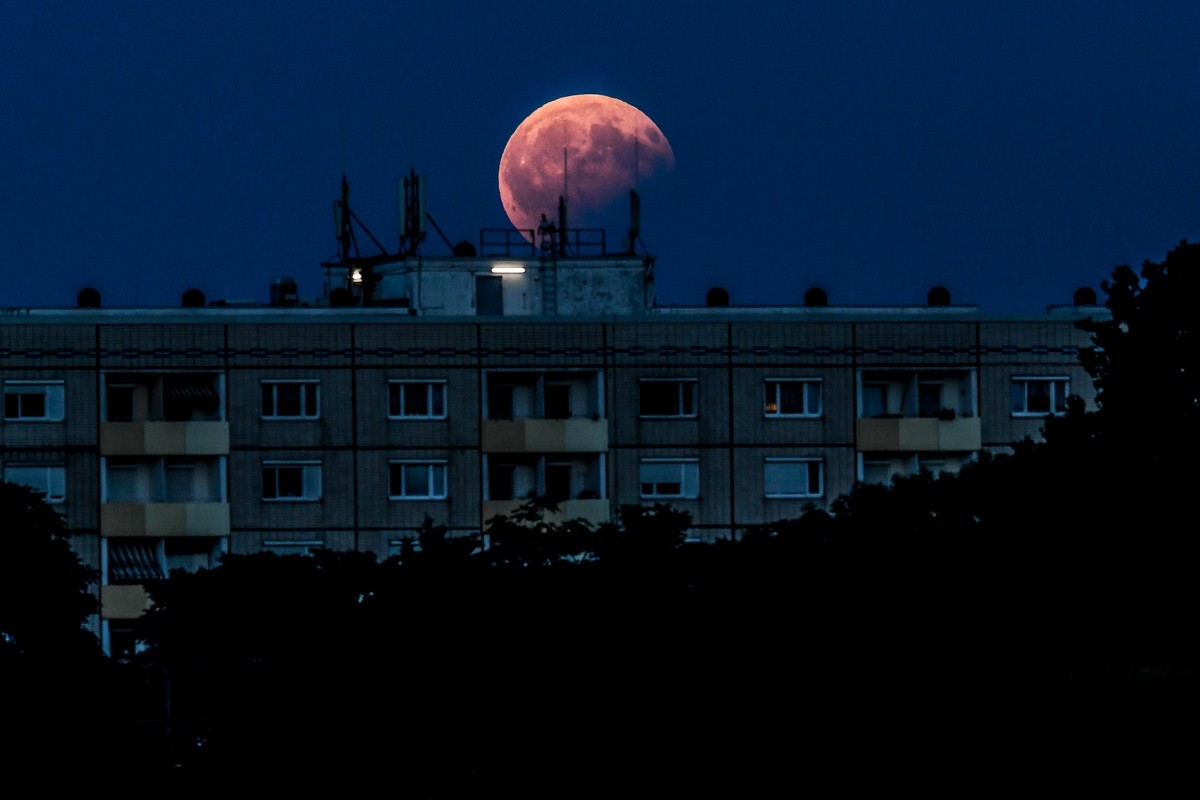
Where to go to see the "super blue blood moon" lunar eclipse tonight - also, what is it?
Look to the skies tonight for three magical lunar events taking place all at the same time, something that was last seen more than 150 years ago
 Tonight's triple event will be even more spectacular than this partial lunar eclipse captured in Dresden, Germany.
Tonight's triple event will be even more spectacular than this partial lunar eclipse captured in Dresden, Germany.Tonight, the stars will truly be aligned for the world. We will be able to see three very rare space events; a blue moon, a lunar eclipse, and a super moon. This trio of lunar events were last seen together more than 150 years ago, in the 1800s. That’s just a few years after China gave Kowloon to Britain – so, a very long time ago!
So what exactly are these three things?
A blue moon is NOT when the moon turns blue. Normally, each month only has one full moon; a blue moon is the second full moon of a month, which is exactly as rare as it sounds. The first full moon of this month was on January 2, so the second one has made it just in time. Sometimes, a blue moon can actually refer to a blue-coloured moon, but this would only happen if there were smoke or ash in the air.
The event tonight will also feature a super moon, which is a moon that looks bigger than normal.
The moon does not go around the Earth in a perfect circle with the Earth right in the centre; during its travels, the moon moves closer to and further away from the Earth. A “super moon” is when the moon is closest to Earth during one complete orbit, so it will look like it is a little bigger than normal.
The last part of this triple lunar event, a lunar eclipse, is when the moon passes through the shadow cast by Earth. This shadow has two parts: the penumbra and the umbra. The penumbra is the shadow on the sides of the Earth, while the umbra, which is much darker, is the area right behind the Earth. During this time, the moon actually will not be completely shadowed; it will instead appear red.
This is because the only light that will reflect on the moon during a lunar eclipse will be “refracted” (bent off-course) through the Earth’s shadow, which, through a process of physics called Rayleigh scattering, will filter out all blue light, leaving only red.
Tonight, the moon will experience all three; it will be bigger and redder than you would be able to see on a normal full moon eclipse.
So, where can you see it?
There are two main ways. The first is to get outside. The Hong Kong Space Museum, together with local astronomy groups, will be setting up telescopes and binocular stations in three viewing spots; the Central Promenade; the Kowloon Park Piazza in Tsim Sha Tsui; and the Sha Tin Park Main Plaza. There will also be talks in each venue on what you will be able to see tonight.
If you are unable to get out and watch the event, you can watch a live-stream of the eclipse on the Hong Kong Observatory’s YouTube channel; this will take place from 6.50pm today to 12.10am tonight.
